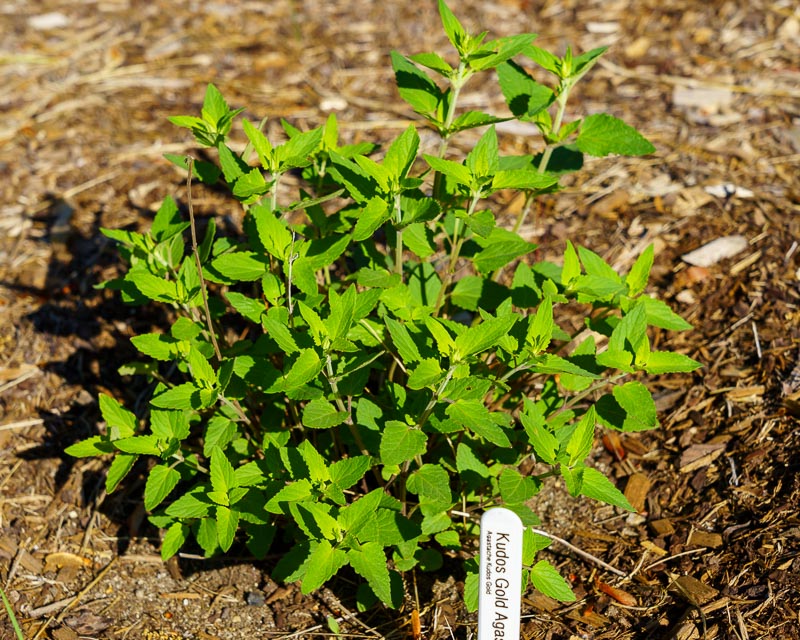| Common Name | Kudos Gold Agastache |
| Botanical Name | Agastache Kudos Gold |
| Mature Size | 12 - 18” tall, 20” wide |
| Sun Exposure | Full sun |
| Soil Type | Chalk, Clay, Loam, Sand |
| Soil pH | Acid, Alkaline, Neutral |
| Bloom Time | Late spring to early fall |
| Flower Color | Orange |
| Care | Like many cottage garden perennials agastache is a prolific grower and reliable for its seasonal color and fragrance. However, because of its desert pedigree, agastache will not grow very well in overly rich or fertile soils, which are often a hallmark of the cottage garden. For this reason, including agastache in a cottage garden setting means planting it in its own separate section alongside other similar plants that like growing conditions with lean soil. These might includie sedum, bearded irises, Russian sage, and black-eyed susan. Cutting back spent flower spikes will encourage reblooming and more growth during the bloom season. |
| Soil | This desert plant grows best in lean soils with low levels of nutrients. Adding a bit of sand to loamy soils can improve their suitability for growing agastache. |
| Water | Though it enjoys a deep watering, consistently moist conditions are not suitable for agastache. Watering routines should ideally follow desert conditions: occasional blasts of heavy rain followed by days of hot sun. |
| Temperature and Humidity | Agastache can handle high temperatures better than many garden plants, so it's perfect for that spot that gets strong afternoon sun. Humidity isn't suitable for agastache and growing it in a persistently moist spot will probably cause its roots to rot and its leaves to yellow. It's also important to make sure the roots of the plant stay dry in winter, especially if growing in USDA zones 5 or 6. Placing some gravel around the base of the plant as a sort of mulch barrier can help prevent root rot from frozen soil that defrosts slowly in spring. |
| Fertilizer | Agastache has no need of extra fertilizer but a top dressing of compost in autumn will keep it healthy. |
| Pruning | Remove faded flowers to prevent seeding. Leave stems to overwinter. Remove new growth in early to mid spring for more flowering stems and a more compact plant. |
| Overwintering | To improve winter-hardiness, and encourage re-seeding, leave the stems intact over the winter. In mid-spring, remove old stems just above the new foliage, about 4 or 5 inches above ground level. |
| Source | https://www.thespruce.com/agastache-plant-profile-5191192 |
